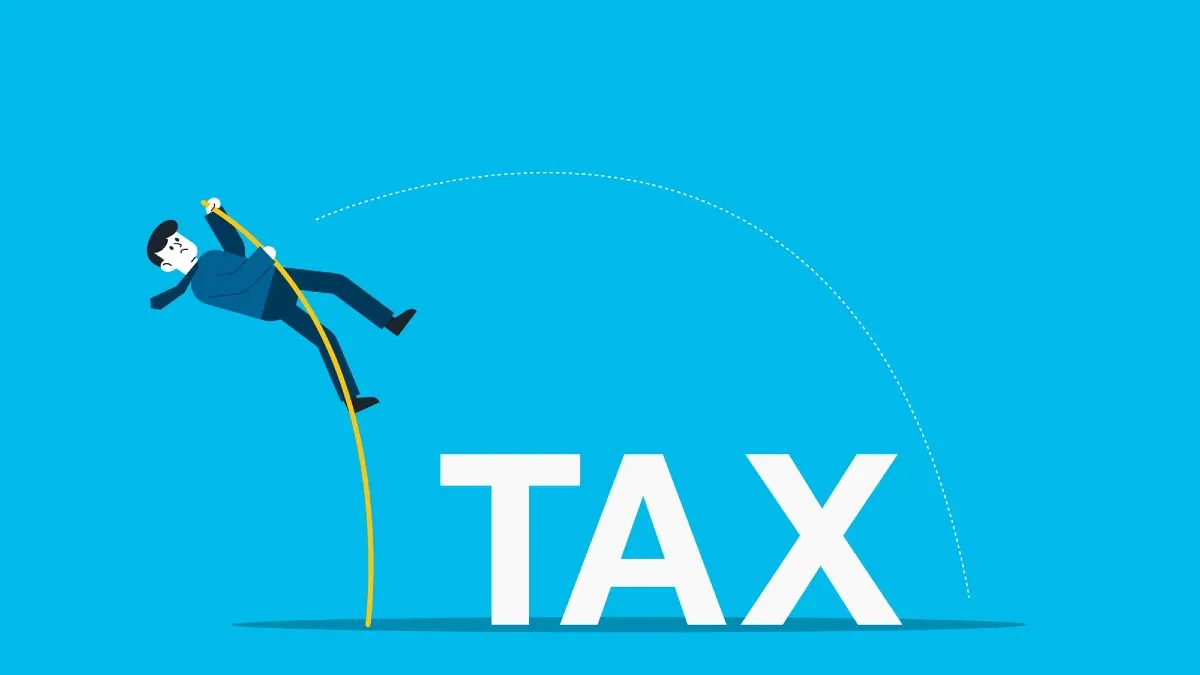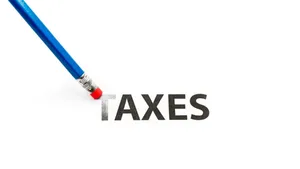Missing the tax deadline can cost you a lot of money. The final cost depends entirely on whether you owe the IRS tax or if the IRS owes you a refund. If you have an unpaid tax bill, two separate fees will be applied, plus interest, which accrue daily until your balance is paid in full.
The Two Main Fees If You Owe Tax
If you file your return and your payment comes in late, the IRS calculates two distinct fees based on the unpaid amount, charged for every month (or part of a month) that passes.
1. Fee for Not Filing (The Largest Cost)
This fee is charged just for failing to send in your return by the deadline. It's the more serious fee.
- Rate: 5% of the unpaid tax for each month or part of a month your return is late.
- Maximum: This fee caps out at 25% of the unpaid tax.
- Minimum Fee: If your return is held back for more than 60 days, there is a substantial minimum fee (e.g., $\$525$ for 2026 filings, or 100% of the tax owed, whichever is less).
2. Fee for Not Paying (The Slow Accumulator)
This fee is charged for the simple act of not paying the tax bill by the deadline.
- Rate: 0.5% of the unpaid tax for each month or part of a month the tax is outstanding.
- Maximum: This fee also caps out at 25% of the unpaid tax, but it keeps building up even after the Fee for Not Filing hits its maximum.
Combined Fees: When both fees apply in the same month, the Fee for Not Filing is reduced by the Fee for Not Paying. The combined starting rate is 5% per month. These fees pile up quickly, potentially hitting a maximum of roughly 47.5% of the original tax bill if left unaddressed long-term.
Interest Charges Accumulate Daily
Beyond the fees, the IRS collects interest on any unpaid tax balance.
- Rate: The rate is set every three months and is calculated as the federal short-term rate plus 3%.
- Duration: This interest builds up every day, starting the moment the tax deadline passes (usually April 15). Interest stops only when both the tax bill and all related fees are paid entirely.
What to Do If You Miss the Deadline
The best way forward depends on your current situation:
1. If You Know You Can't File on Time: Get an Extension
File Form 4868 (Application for Automatic Extension of Time to File U.S. Individual Income Tax Return) before the original April 15 deadline.
- Benefit: This automatically gives you six months longer to file your return (until October 15).
- Warning: This does NOT give you more time to pay your taxes. You still need to guess how much tax you owe and pay that amount by the original April deadline to avoid the Fee for Not Paying and interest.
2. If You're Expecting a Refund: File Anyway
If the IRS owes you money (you are due a refund), there is no fee for filing late. However, waiting delays your refund. You must claim your refund within three years of the original filing deadline, or the money goes to the U.S. Treasury.
3. If You're Already Late and Owe Money: File and Pay Immediately
The Fee for Not Filing is 10 times higher than the Fee for Not Paying (5% vs. 0.5%).
- The Smart Move: Send your return in right away to stop the larger Fee for Not Filing from growing. Pay whatever you can to keep interest and fees low. You can then ask the IRS for a payment plan to pay off the rest over time.
Conclusion: Pay to Stop the Clock
The single most important takeaway if you miss the deadline and owe money is this: File immediately and pay as much as possible. Filing your return stops the largest fee (the 5% Failure-to-File penalty) from accruing, and any payment stops interest from compounding on that portion.
Don't let fear of a large bill prevent you from taking action; the IRS offers payment plans. The most expensive thing you can do now is nothing at all.






